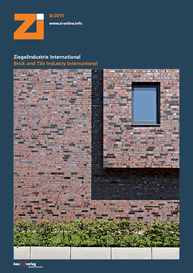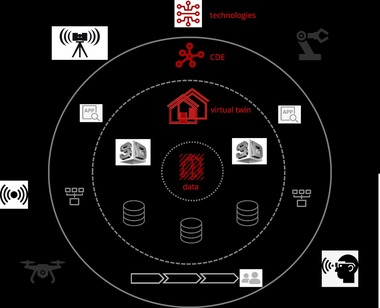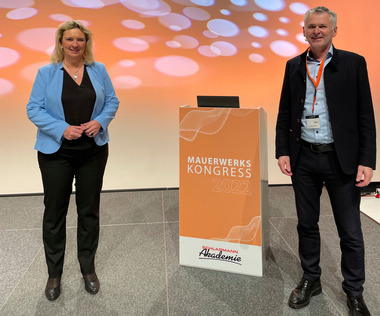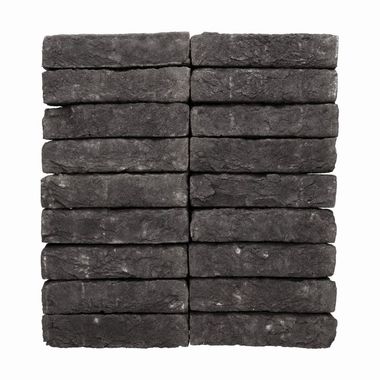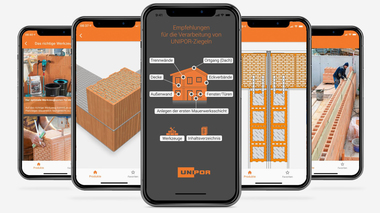Avoiding construction flaws
For many centuries, historical buildings have proven the durability and reliability of masonry construction. Against this background, building investors and property buyers still rely today on the solidity and absence of defects in brick-built houses. This places high demands on designers and planners, but also the building contractors laying the bricks.
Building investors and property buyers have become increasingly used to the flawlessness of industrially manufactured mass products and have come to expect similar from their properties. Brick structures, however, are still built by hand in all kinds of weather conditions. With regard to dimensional stability and evenness, but other properties too, such as, for example, cracks, efflorescence or other optical and material-related aspects, different standards apply. It is therefore necessary that all involved in the building work take particular care, but also properly explain to the client about what he or she may expect from the masonry construction.
With the double-leaf wall, new dimensions are opened up for masonry construction. Originally developed for protection against driving rain in coastal areas, the double-leaf method of construction meets particularly high requirements for heat and sound insulation today. The rules of building physics require multifunctional building envelopes in which the different functions of exterior walls are split up over more than one layer. In the planning and execution of modern building structures, increased care is required. A variety of masonry construction materials is available today, their specific properties must, however, be taken into consideration differently. There is more dispute today about meeting these requirements than there used to be as most properties can be checked technically and visually during or after completion of the build in the scope of quality control.
The talk outlines what has to be taken into consideration in modern fair-face masonry construction to build not only optimally usable masonry structures with a long life, but also to assure satisfied customers. It addresses not only the manufacturers and builders, but the designers and planners too as the standard to which masonry construction can be executed depends significantly on the building design.
Dr. Dieter Figge, Fachverband Ziegelindustrie Nordwest e.V.


